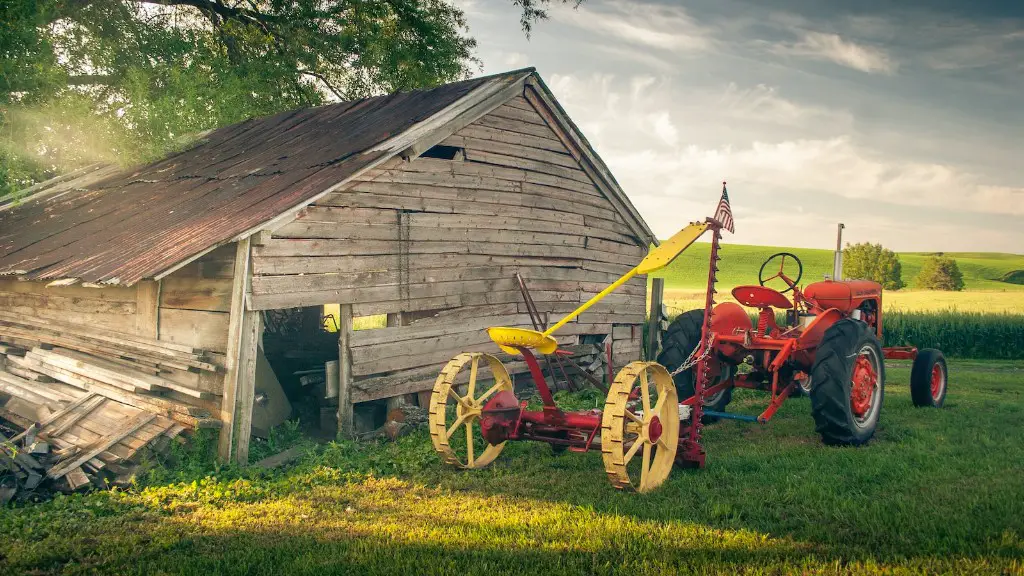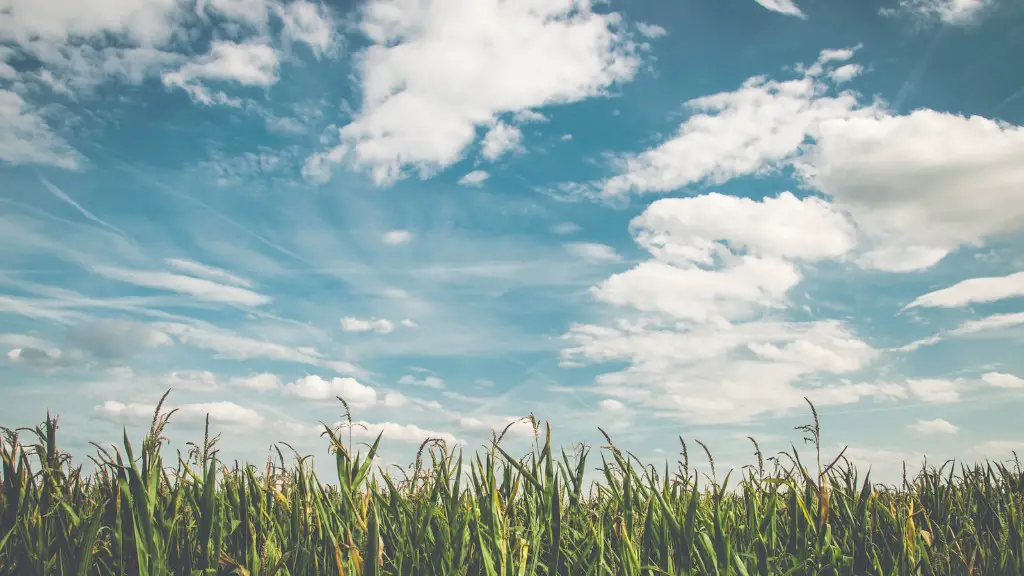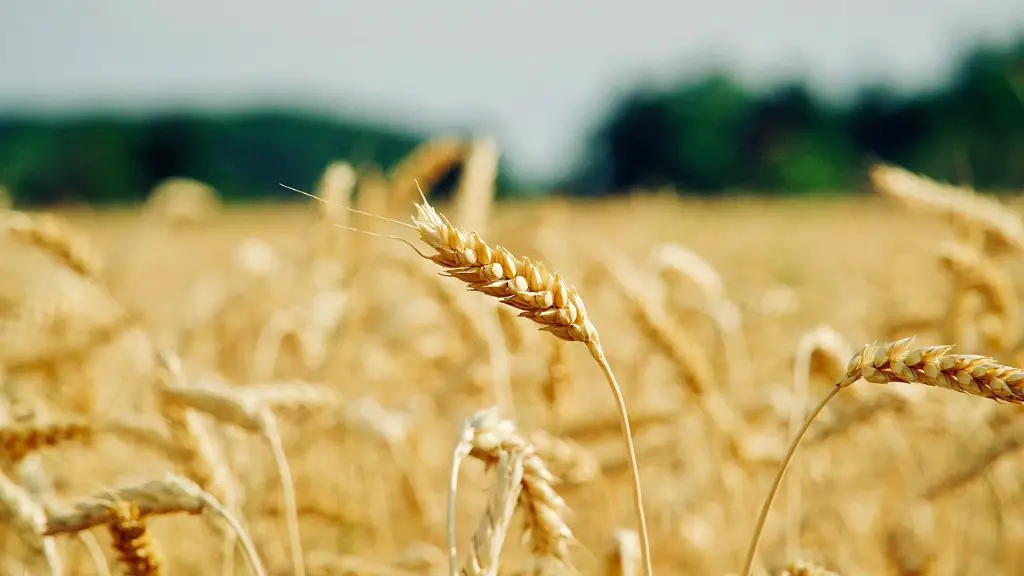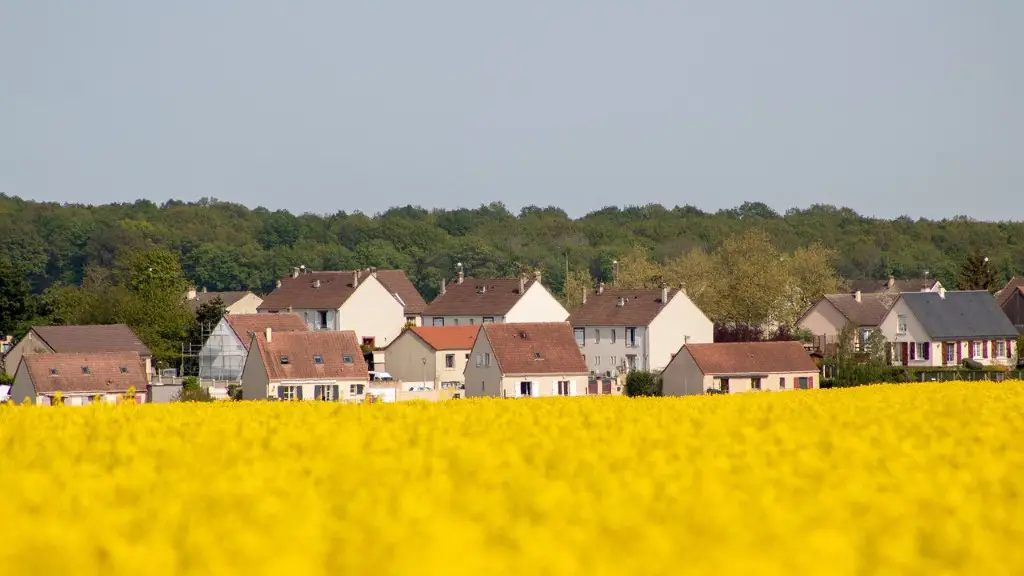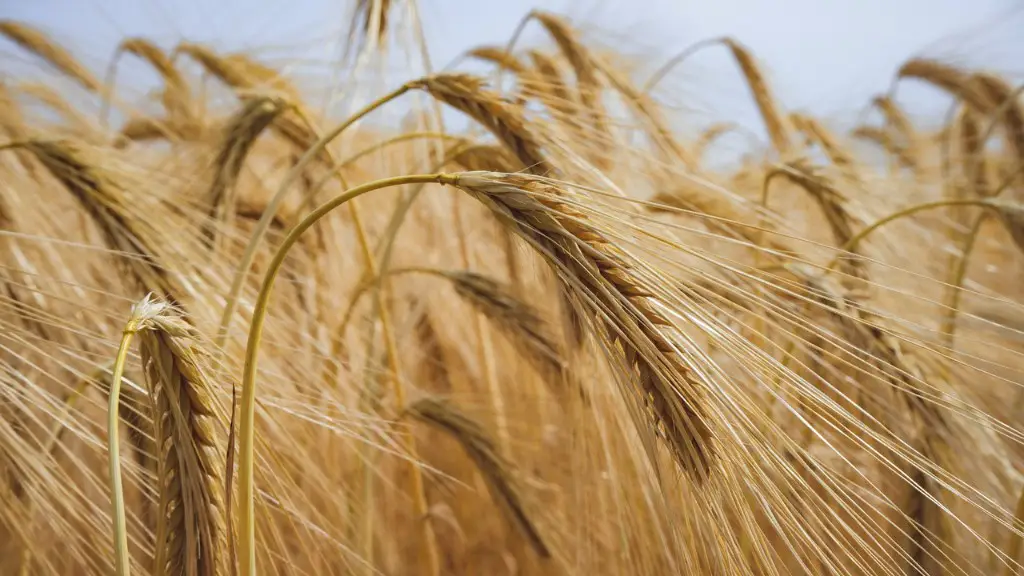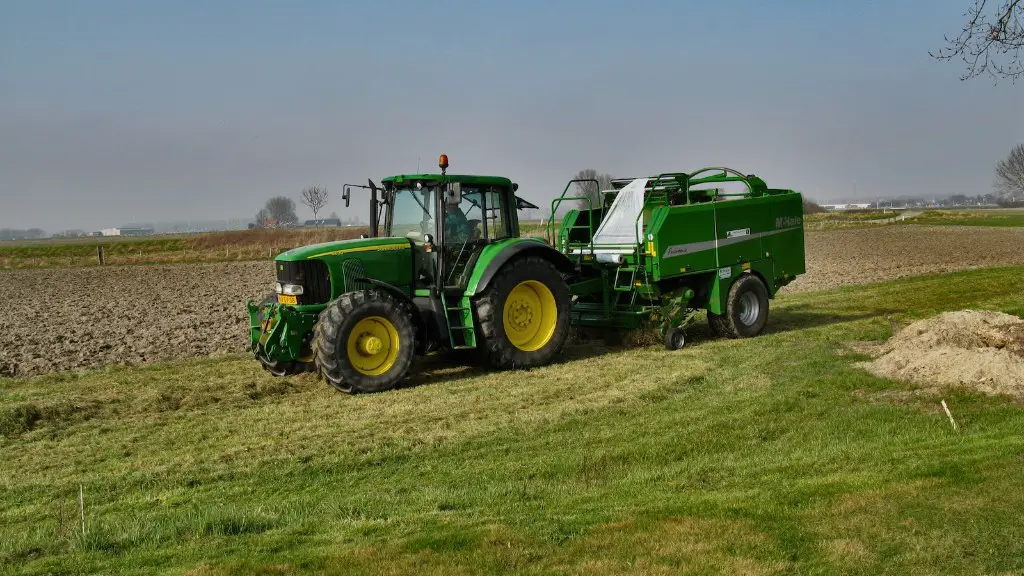In agriculture, power is the application of force to accomplish a task. This can be done through mechanical means, such as using a tractor to pull a plow, or through manual labor. Power is a key factor in agricultural production, as it is necessary to perform many of the tasks involved in farming. For example, tilling the soil, planting seeds, and harvesting crops all require a significant amount of power. Without power, agriculture would not be possible.
Power in agriculture refers to the use of machines or tools to perform certain tasks on a farm. This can include anything from using a tractor to plow a field to using a combine to harvest crops. Farm equipment has come a long way over the years, and now there are many different types of machines available to help farmers with their work. In some cases, animals such as horses or oxen may also be used to provide power for certain tasks.
What is power farming?
Farm power is an important part of farm machinery and equipment. It is used to operate different types of machinery like tillage, planting, plant protection, harvesting and threshing machinery, and other stationary jobs like operating irrigation equipment, threshers/ sellers/ cleaners/ graders, etc. Farm power is an important factor in farm productivity and efficiency.
There are many different types of power that can be used in agriculture production. Humans, animals, and machines are all used as sources of power in agriculture production. Each has its own advantages and disadvantages that should be considered when deciding which to use.
Human power is perhaps the most versatile, as it can be used for a wide variety of tasks. However, it is also the most labor-intensive, and can be more expensive than other forms of power.
Animal power has been used for centuries in agriculture, and is still used today in some operations. Animals are less expensive than machines, but require more care and attention. They can also be less reliable than machines.
Machine power is becoming increasingly common in agriculture production. Machines are more expensive than animals, but require less care and attention. They are also more reliable and can be used for a wider variety of tasks.
What is power and machinery
Power machinery has played a vital role in the development of work machinery and means of transportation. They have been the major drivers of all technical, economic and social development.
Animal power is a very important source of power for many farmers, especially in developing countries. Animals such as bulls, camels, horses, and donkeys are often used to perform essential farm tasks such as ploughing, transportation, and more. This power source is often very reliable and affordable for many farmers, making it a key part of their livelihoods.
Why is power important in agriculture?
The Agricultural industry has been given increased attention in recent years as the world looks to improve food security and sustainability. Increasing the power supply to agriculture means that more tasks can be completed at the right time and greater areas can be farmed to produce greater quantities of crops while conserving natural resources. In order to increase the power supply to agriculture, we need to invest in renewable energy sources such as solar and wind power. Not only will this create more jobs in the renewable energy sector, but it will also help to reduce our reliance on fossil fuels.
Farm Power refers to the energy or power generated from various sources that can be used to run farm machinery or equipment. The most common sources of Farm Power are: Human, Animal, Mechanical, Solar, Wind, Electrical, Water, Fuel and Bio gas. Each source has its own advantages and disadvantages, so it is important to choose the right source of power for the specific task at hand.
What are 3 main sources of power in agriculture?
The main sources of farm power are human power, animal power, and electrical power. Each has its own advantages and disadvantages, so it’s important to choose the right one for the job at hand. Human power is great for small tasks and is very portable, but it can be tiring and is limited in terms of the amount of power that can be generated. Animal power is a bit more powerful than human power and can be used for larger tasks, but it can be expensive to keep and care for animals. Electrical power is the most powerful and can be used for just about any task, but it can be expensive to set up and maintain.
The US Energy Information Administration estimates that natural gas, nuclear energy, and coal will continue to be the primary sources of electricity in the United States in 2020. Electricity is also produced from renewable sources, such as wind, hydropower, solar power, biomass, and geothermal.
What are the 3 sources of power
There are 5 sources of power that can be used to influence others: legitimate power, expert power, referent power, coercive power, and reward power.
Legitimate power is the power that comes from a person’s position in an organization. For example, a manager has legitimate power over his or her employees.
Expert power is the power that comes from a person’s expertise or knowledge. For example, a doctor has expert power over his or her patients.
Referent power is the power that comes from a person’s ability to attract others and be liked or respected. For example, a celebrity has referent power over her fans.
Coercive power is the power that comes from a person’s ability to force others to do something. For example, a police officer has coercive power over a criminal.
Reward power is the power that comes from a person’s ability to give rewards. For example, a boss has reward power over his or her employees.
Work is done when a force is applied to an object and the object moves. The SI unit for work is the joule (J), and the SI unit for power is the watt (W), where 1 watt equals 1 joule/second (1W=1J/s).
Power is the rate at which work is done. That is, power is the rate at which energy is expended. A 60-W light bulb, for example, expends 60 J of energy per second.
What is power in own words?
Power can be a good thing or a bad thing depending on how it’s used. Someone with power has the ability to make things happen, and that can be used for good or for harm. A weakling in charge of a business still has a lot of power to make things happen, and that power can be used for good or for bad. The key is to use power wisely and for the benefit of all.
Power equipment is any machinery that is operated with fuel burning or electrical motors. This includes heavy machinery, chain saws, portable generators, pumps, and powered backpack devices.
How are animals used for power
The use of animal power in agriculture and transportation has been vital to human progress. Animal power was used in agriculture to clear land and to plow fields. In transportation, animal power was used to move people and goods over long distances. The use of animal power in these industries has greatly increased over time, as mechanization has allowed for more efficient use of animals in agriculture and transportation.
The 10 Absolute Strongest Animals on Earth are:
1. Whale
2. Elephant
3. Gorilla
4. Crocodile
5. Hippopotamus
6. Rhinoceros
7. Cape Buffalo
8. Brown Bear
9. Tiger
10. Lion
Which animal is used for animal power?
The use of animal power for various tasks is common in many countries around the world. Oxen, bulls, cows, buffaloes, horses, mules, donkeys, and camels are all commonly used for tasks such as water-lifting, milling, logging, land excavation, and road construction. The use of animal power is expanding in many countries, making it a more viable option for those in need of an affordable and reliable source of labor.
In general, power derives from the factors of interdependence between two entities and the environment. The use of power need not involve force or the threat of force (coercion). An example of using power without oppression is the concept “soft power” (as compared to hard power).
Final Words
There is no one answer to this question as it can mean different things to different people. For some, power in agriculture may mean having the ability to influence decisions made about the agricultural industry. This could be at the local, state or national level. Others may see power as having control over the production and distribution of food. This could involve owning and operating a farm, or working in a food processing plant. Still others may view power in agriculture as having the ability to shape public opinion about the industry. This could be done through advocacy, education or media outreach.
The term ‘power in agriculture’ can be defined as the ability of the agricultural sector to influence governmental decision-making in its favor. The sector wields power through its production of food, which is essential to human survival, and its political clout. The agricultural sector is a major contributor to the economy and employs a large proportion of the population, making it a key player in the political arena. The sector’s power is also derived from its ability to supply food security and stability in a world where hunger and conflict are ever-present threats.
